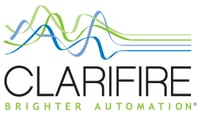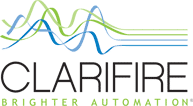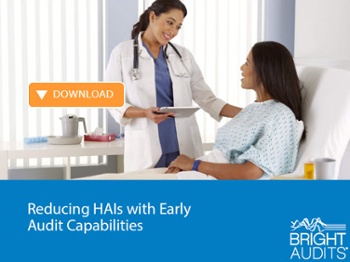Nearly 21,000 U.S. healthcare organizations and programs are accredited and certified by The Joint Commission, making it a recognized symbol of quality nationwide. It’s their vision that providers deliver safe, quality healthcare at the best value for all. They determine this through regular, unannounced accreditation surveys1. Think the comprehensiveness of a final exam with a pop quiz schedule. How do you cram for that? You don’t. You plan!

What Not To Do
It has been observed by surveyors that organizations who keep their staff prepared for survey related activities have a better on-site experience2. So how do you plan for such a task? You start by understanding what you shouldn’t do. Becker’s Hospital Review published an article with 5 mistakes to avoid with Joint Commission surveys3. Here’s what our clients tell us are the top three items on that list.
- Lack of Preparation
- Planning is the key to a successful visit. If you fail to plan, then you should plan to fail.
- Absence of a Safety Culture
- The focus of the Joint Commission is patient safety and quality of care. Culture breeds action. Top down oversight and management of the organization’s safety culture is needed for success.
- Insufficient Performance Improvement Plan
- Having a plan in place is crucial as it indicates to the surveyors how well a hospital identifies and corrects deficiencies
What To Do
With the proper preparation, a successful on-site visit is possible. Here are a few tips that we have found with our clients that made their visits a success.
Planning
- Develop a process for maintaining a continuous readiness plan.
- Determine a mechanism for tracking your process. Workflow helps with compliance.
- Create a culture of preparedness and communicate the importance.
- Make it an ongoing priority. Practice you plan to ensure you’re ready for the big day.
- Develop action plans for noncompliance. As healthcare evolves, continuous improvement is important.
Oversight
- Create a team to oversee accountability and results.
- Conduct consistent meetings with leadership for progress reports.
- Understand and communicate regulatory updates and changes.
- Review and interpret survey/audit results/
- Measure and provide analysis of results to staff, creating transparency.
- Propose changes for improvement based on findings.
Education
- Create a plan for training and continuous education for your staff.
- Educate your staff on the mission and vision of The Joint Commission. It’s important for them to understand the standards that apply to their job and department.
- Create and implement mock surveys for staff to complete on a regular basis. Familiarity with the process makes it easier when it’s show time!
- Ongoing continuing education for staff cannot be overdone. Knowledge is power and important for success.
Download our eBook: Reducing HAIs with Early Audit Capabilities
Bright Audits
Position your staff to shine in an audit! BRIGHT AUDITS® is an innovative, mobile auditing technology where users can quickly and easily create, execute, and analyze audits throughout their organization. Designed to automate existing paper and pencil audit processes, BRIGHT AUDITS is for organizations who want to implement a system wide mobile strategy for quality, safety, and compliance.
If you liked this blog, read these next!
- Joint Commission Preparedness: The Success Strategy to Improve Results
- Control Preventable Infections Before They Start
- How Workflow Establishes Excellence in Surgical Processes

References:
1https://www.jointcommission.org2https://www.jointcommission.org/jc_physician_blog/help_your_medical_staff_shine_during_survey/
3https://www.beckershospitalreview.com/quality/5-joint-commission-hospital-accreditation-survey-mistakes-to-avoid.html


